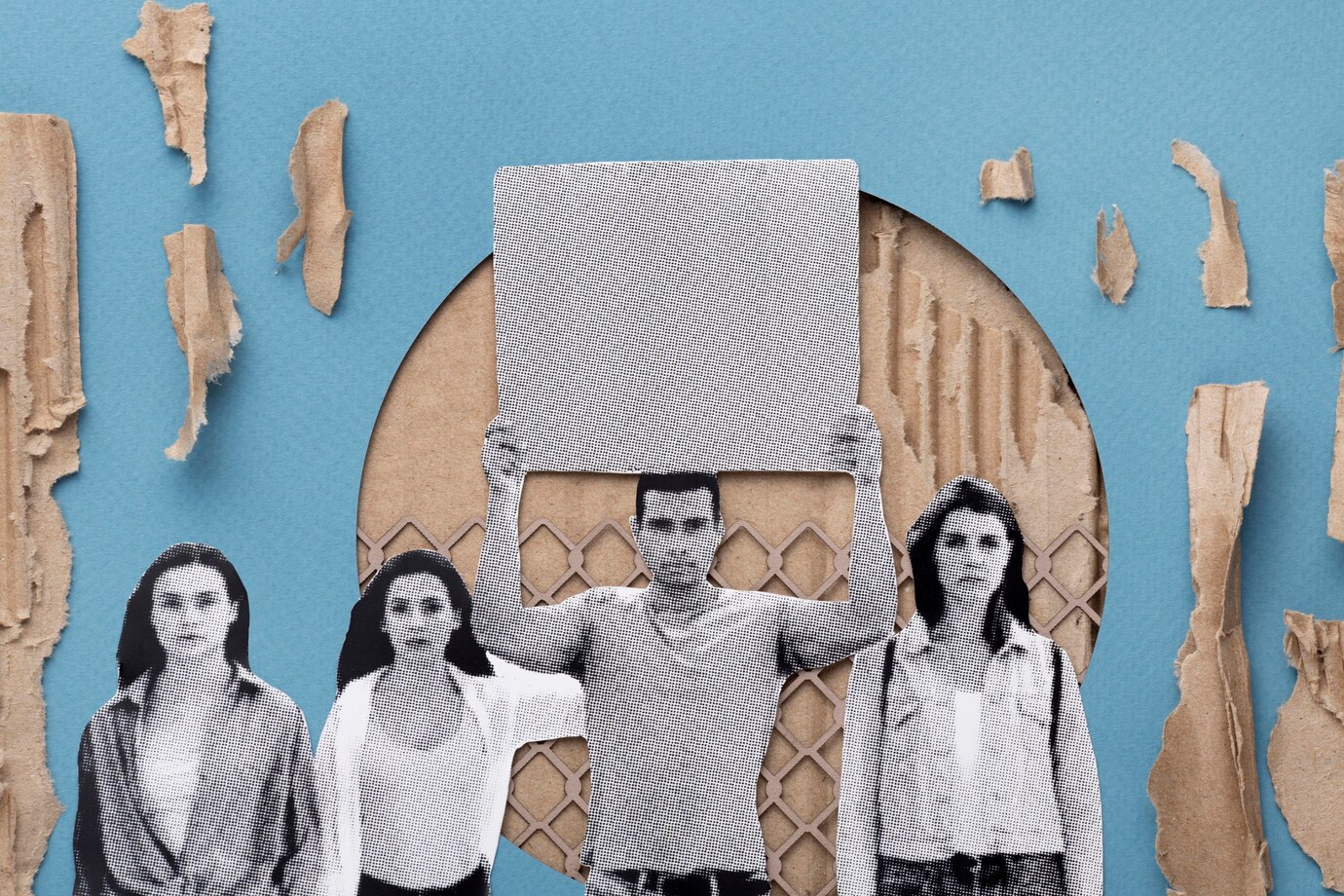In a world fraught with social and political challenges, artists wield their creativity as a powerful tool for activism and social change. From paintings and sculptures to music, film, and performance art, artists across the globe are using their platforms to raise awareness, provoke thought, and inspire action on pressing social issues. In this article, we explore the role of art as activism, examples of artists addressing social issues, and the impact of their work on society.
The Power of Art to Inspire Change
Art has long been recognized as a catalyst for social change, capable of transcending language barriers and engaging audiences on an emotional and visceral level. Through their work, artists challenge conventional norms, amplify marginalized voices, and shine a spotlight on pressing social issues, from racial injustice and gender inequality to environmental degradation and human rights abuses.
Examples of Artists Addressing Social Issues
- Banksy: The anonymous street artist known as Banksy uses graffiti and public art installations to critique societal norms and political institutions. His thought-provoking artworks tackle issues such as consumerism, capitalism, and government surveillance, challenging viewers to question the status quo and envision a more just and equitable world.
- Ai Weiwei: Chinese artist and activist Ai Weiwei employs a wide range of mediums, including sculpture, photography, and installation art, to confront issues of censorship, freedom of expression, and human rights violations. Through his provocative and often controversial artworks, Ai Weiwei amplifies the voices of marginalized communities and challenges authoritarian regimes.
- Beyoncé: Grammy-winning artist Beyoncé incorporates themes of feminism, race, and empowerment into her music, performances, and visual art. Her album “Lemonade” explores the experiences of Black women in America, addressing issues such as police brutality, systemic racism, and the resilience of the Black community.
- JR: French artist JR is known for his large-scale public art projects that celebrate the diversity and resilience of communities around the world. Through his “Inside Out” project, JR creates portraits of ordinary people and pastes them in public spaces, amplifying their voices and stories and fostering a sense of unity and solidarity.
The Impact of Art on Social Change
Art has the power to challenge perceptions, spark dialogue, and inspire action, driving meaningful social change in communities around the world. By shedding light on overlooked issues, amplifying marginalized voices, and fostering empathy and understanding, art as activism can catalyze collective action and mobilize individuals to advocate for a more just and equitable society.
The Art of Activism
As we navigate the complex social and political landscape of the 21st century, art continues to serve as a powerful force for activism and social change. Through their creative expressions, artists challenge us to confront uncomfortable truths, envision a better future, and take meaningful action to address pressing social issues. Whether through street art, music, film, or performance, artists have the unique ability to inspire, provoke, and unite us in the pursuit of a more just and equitable world. As we bear witness to the transformative power of art as activism, let us heed the call to action and work together to build a brighter future for all.

